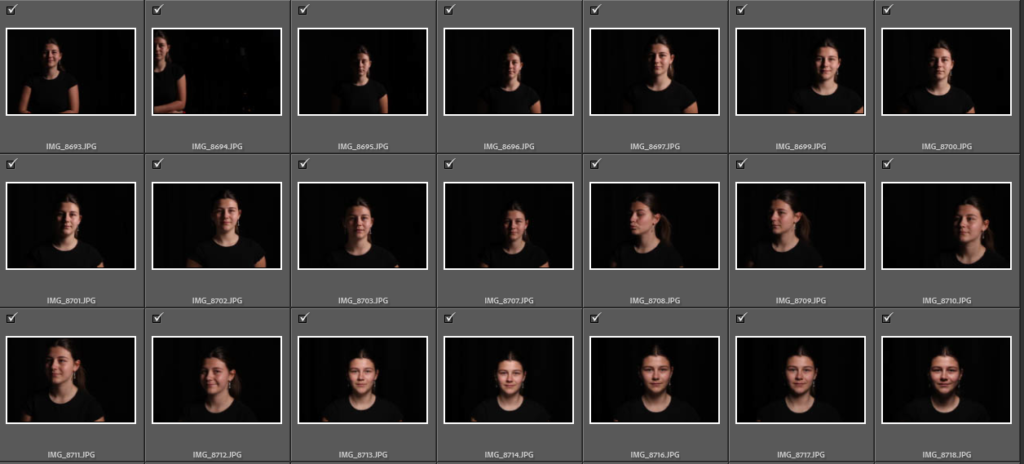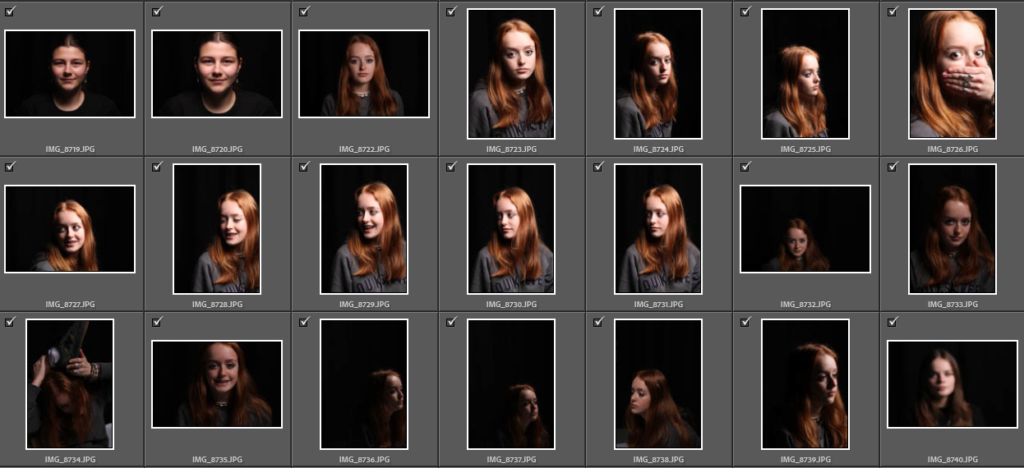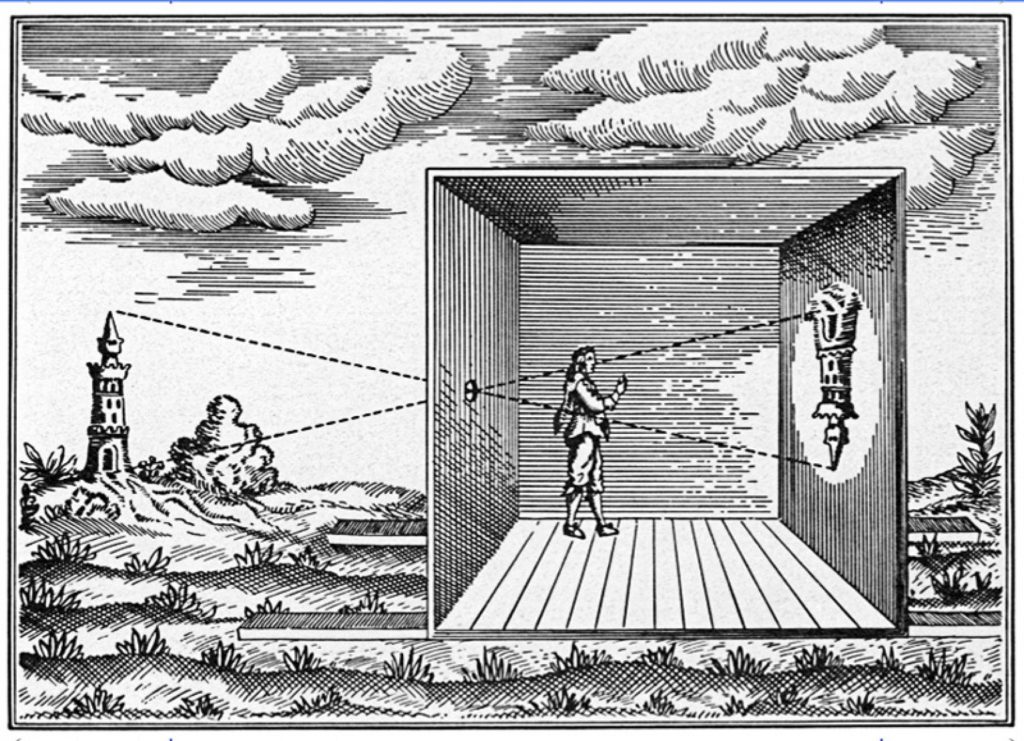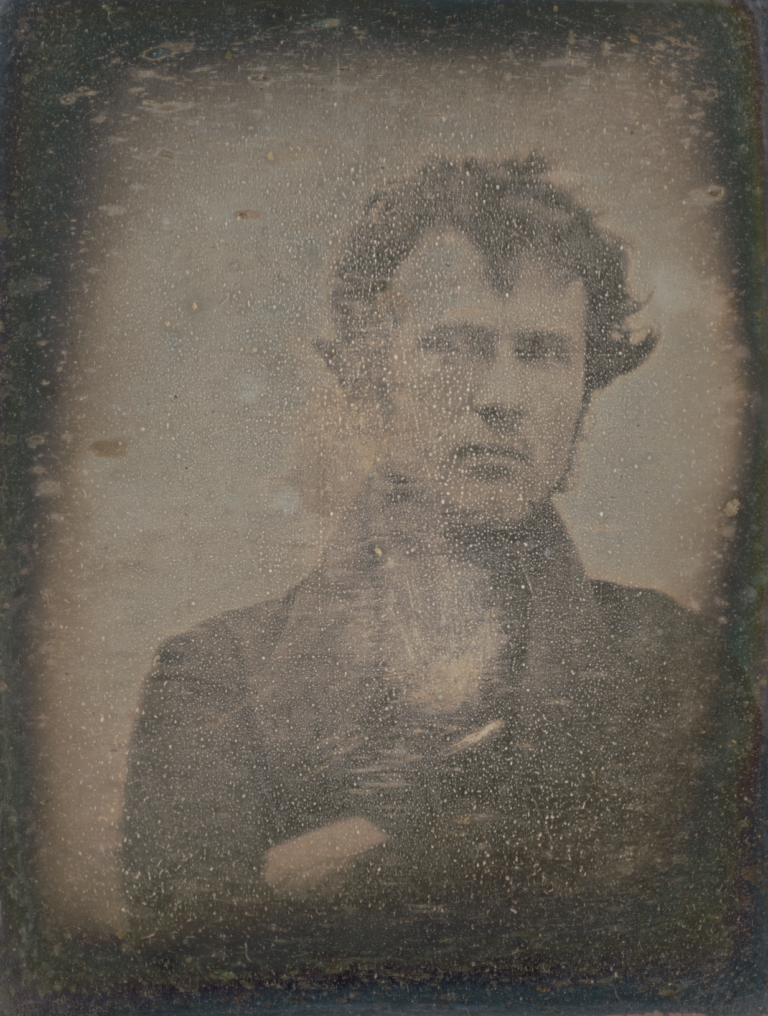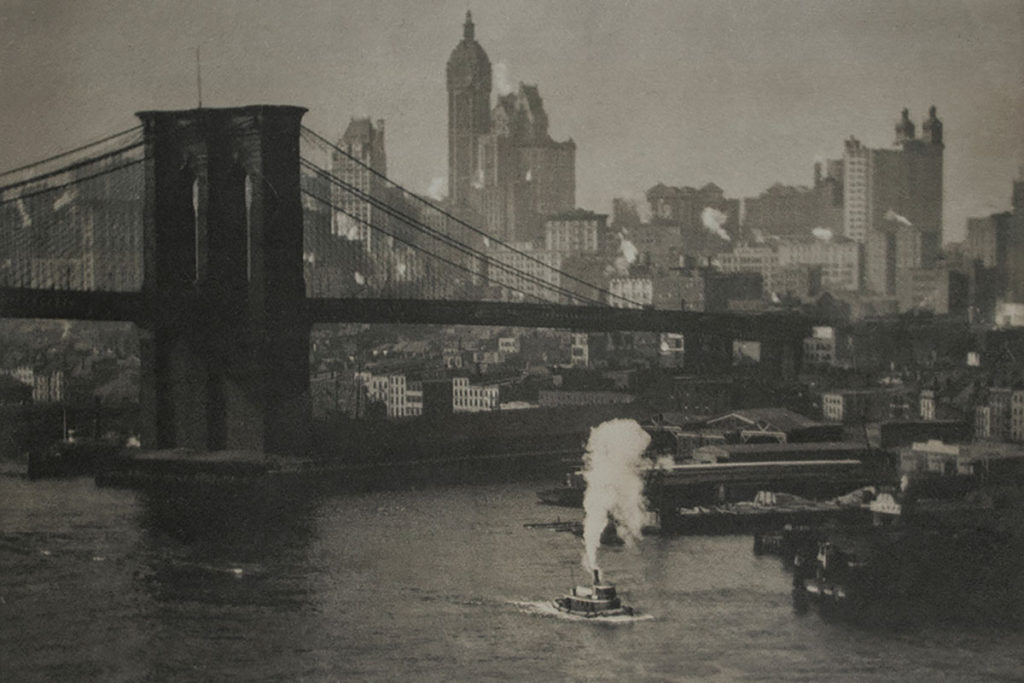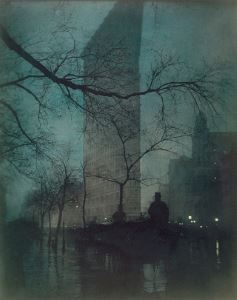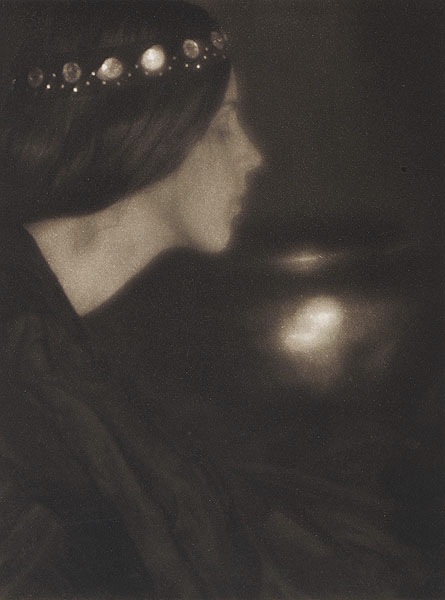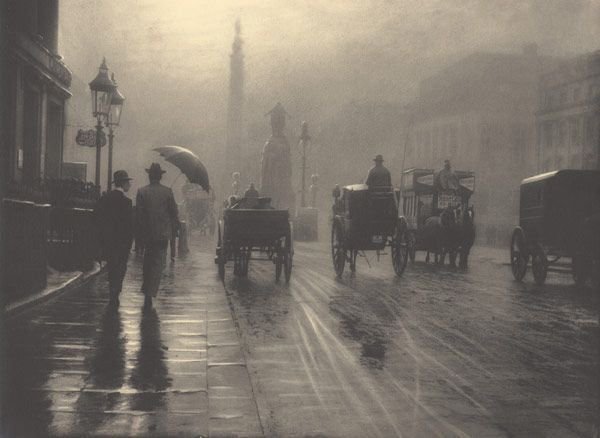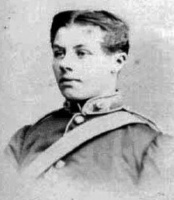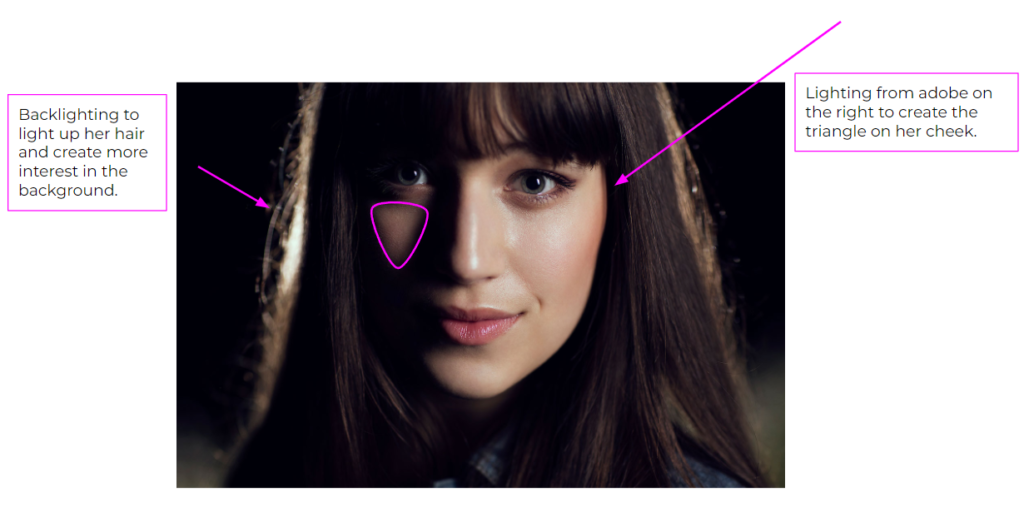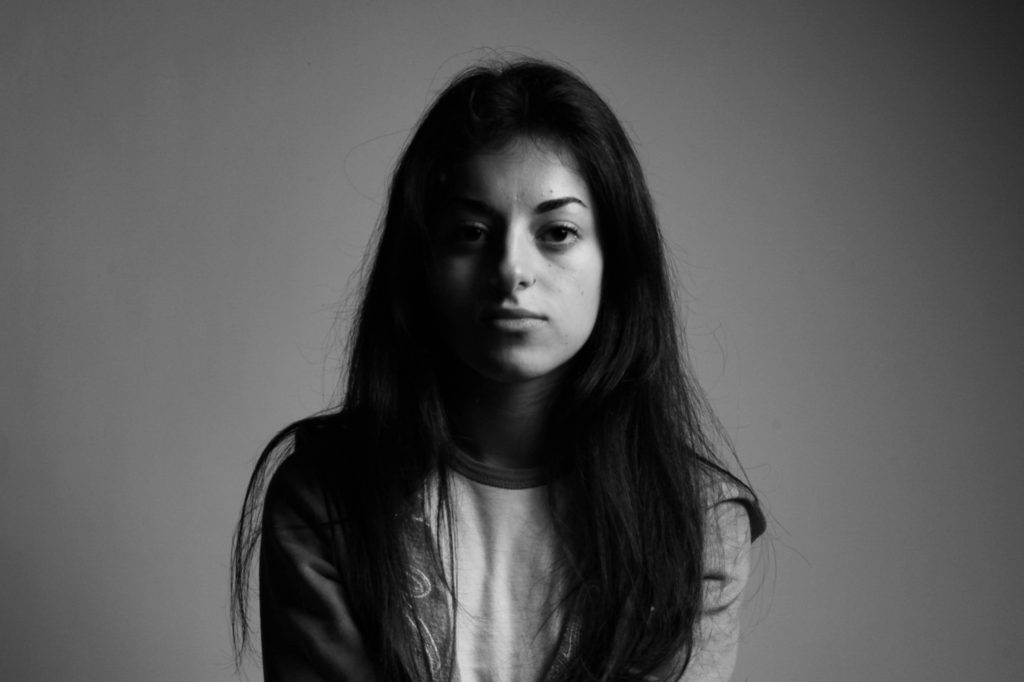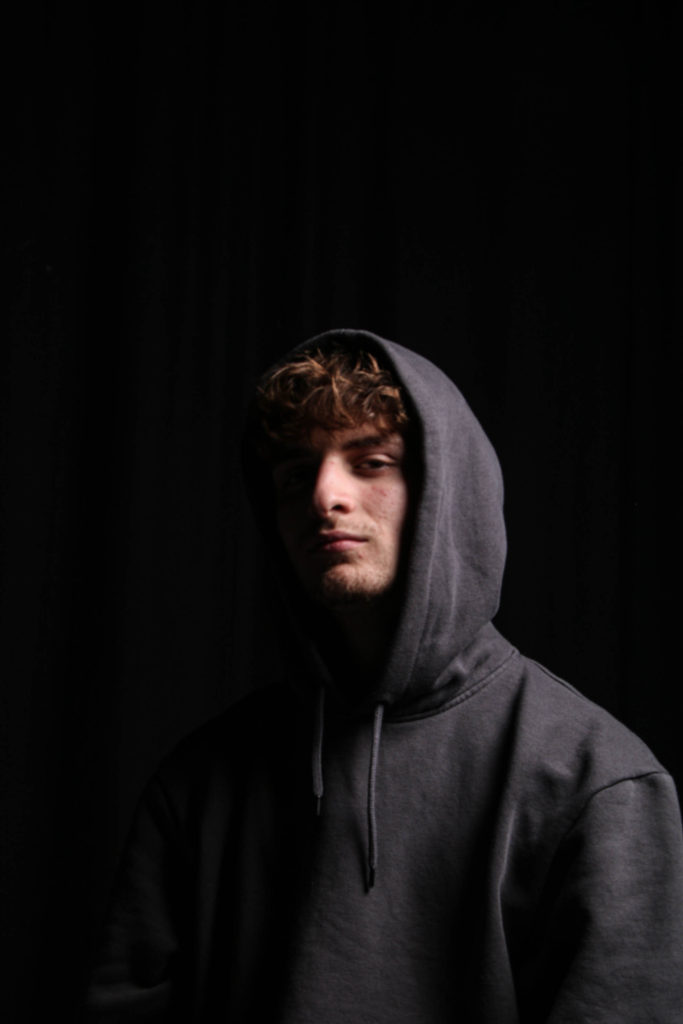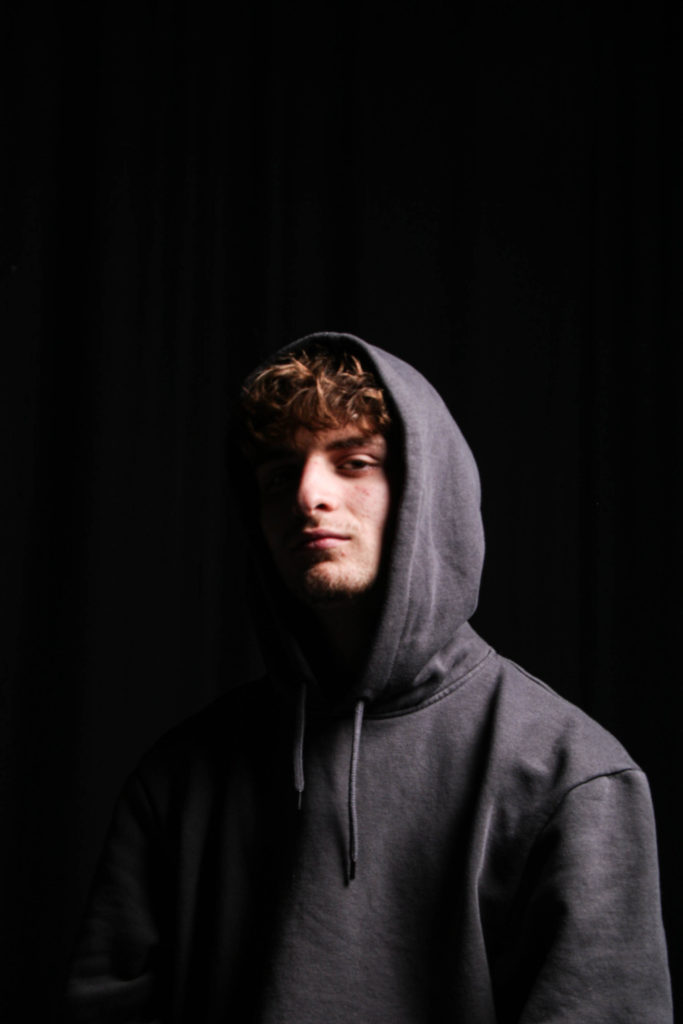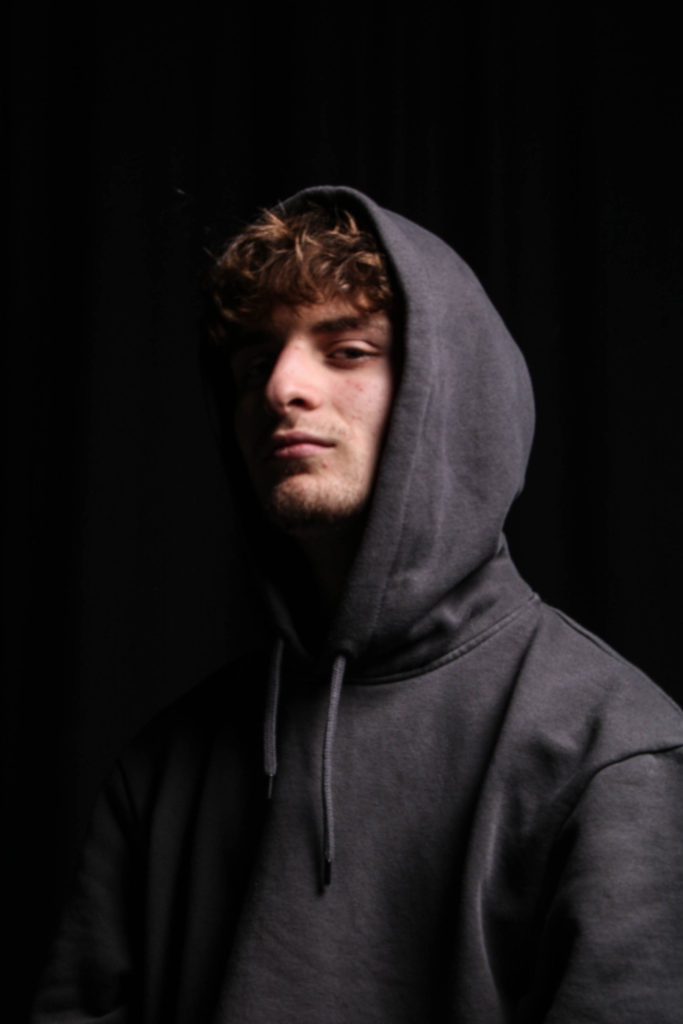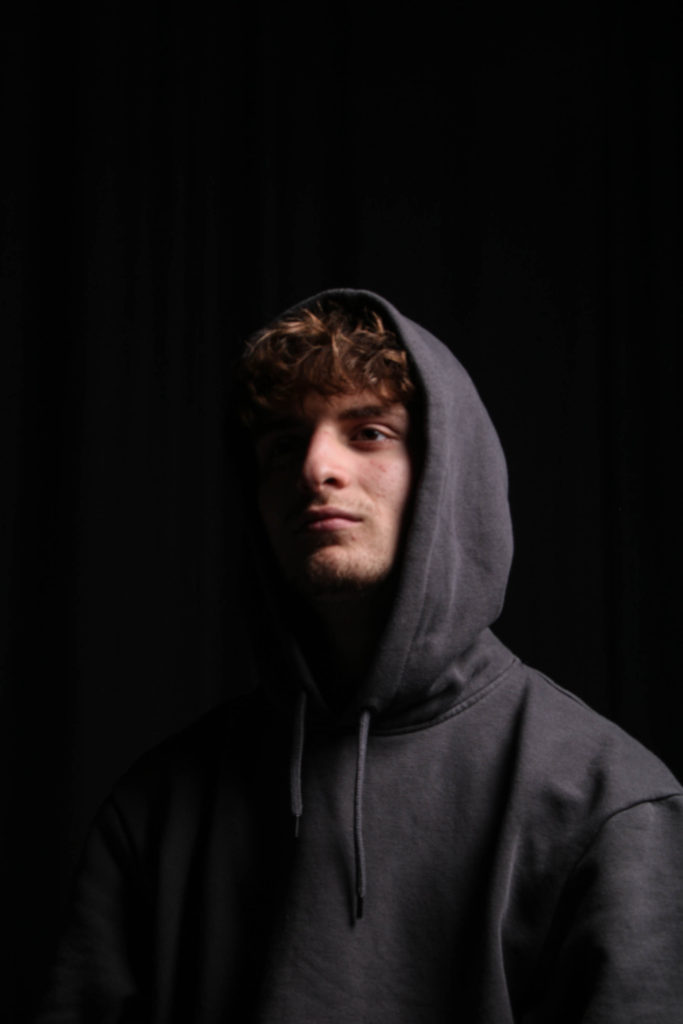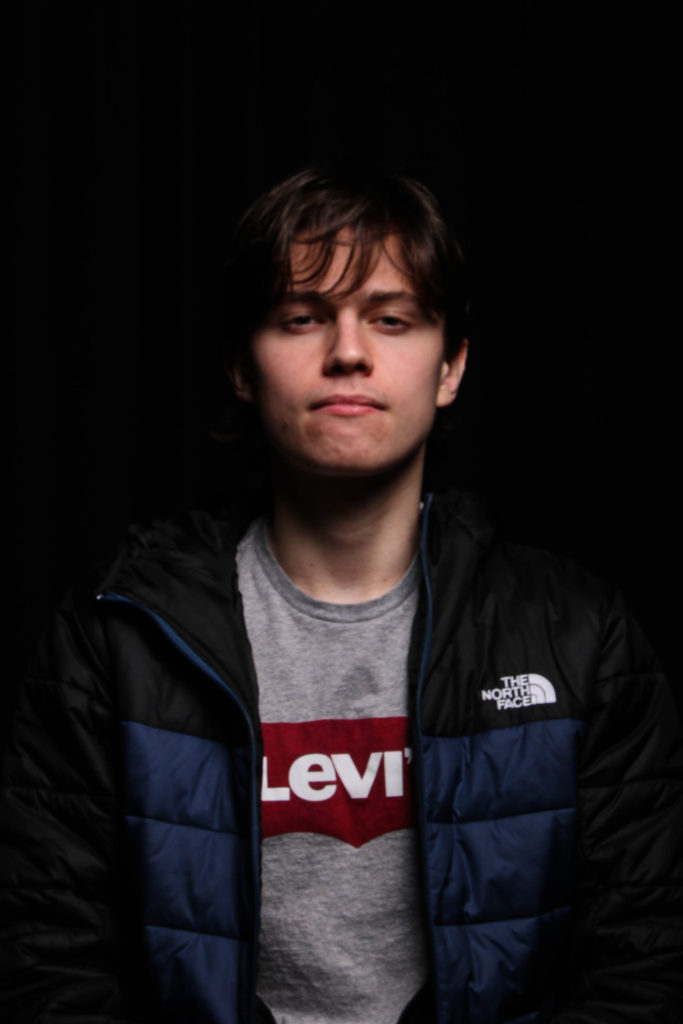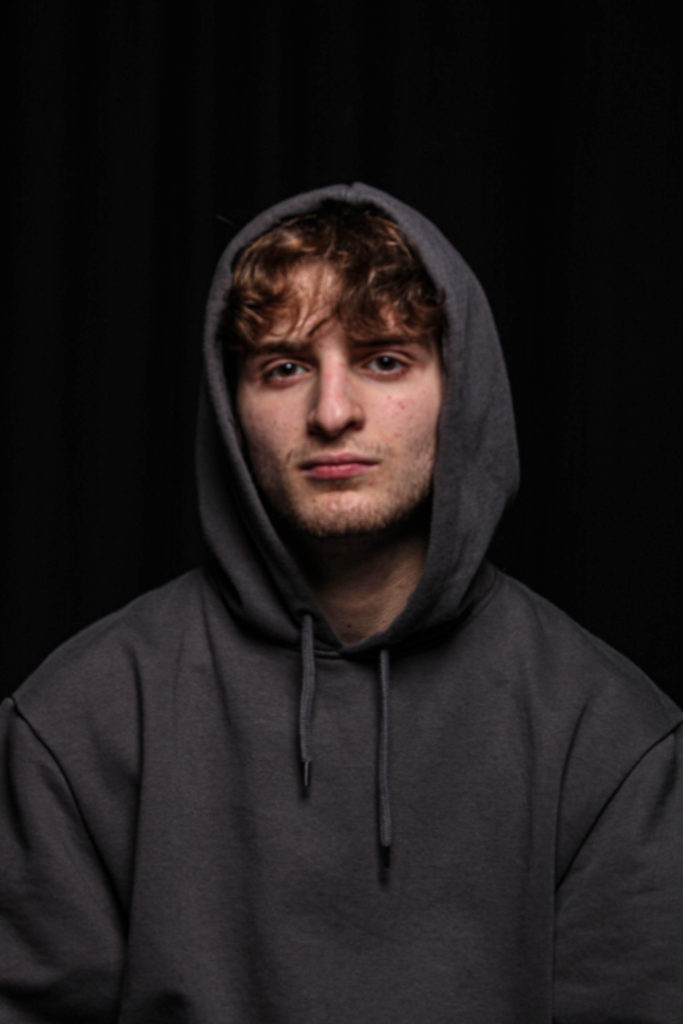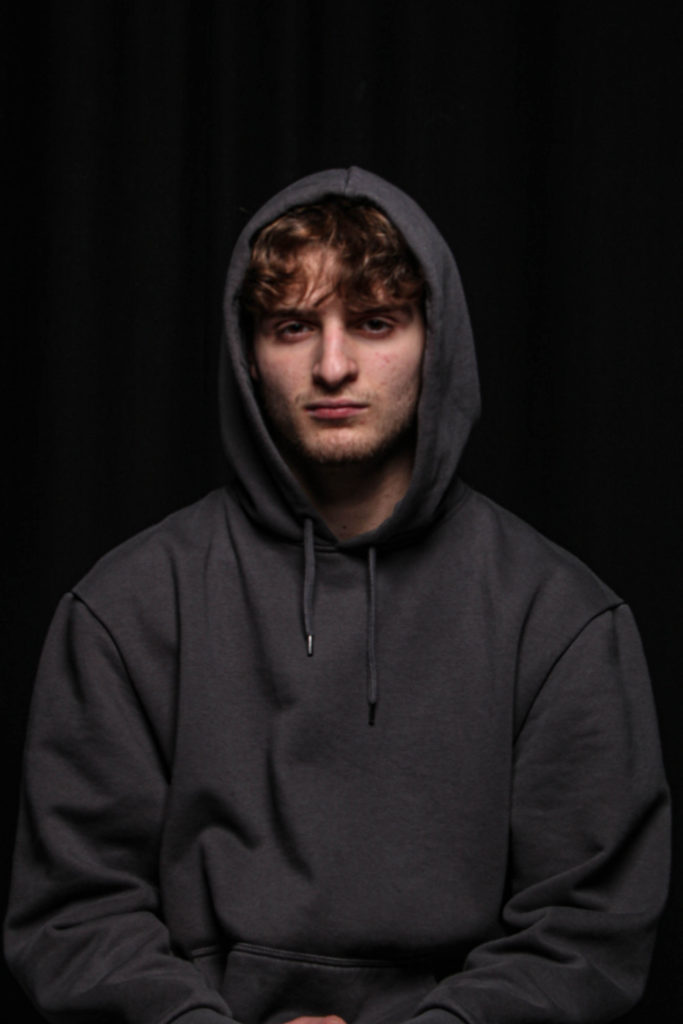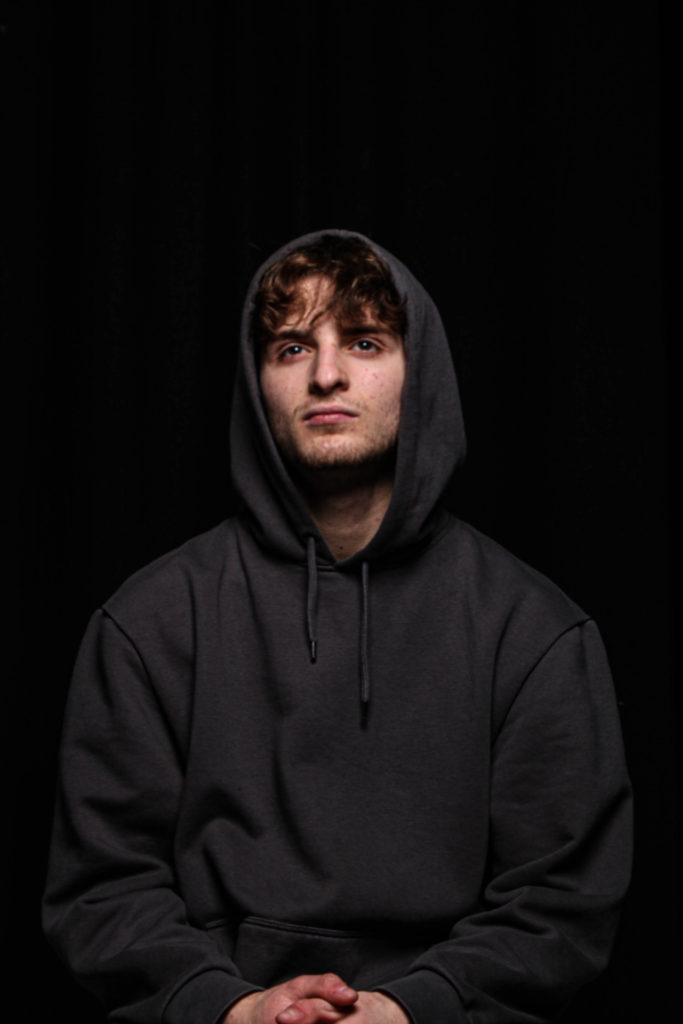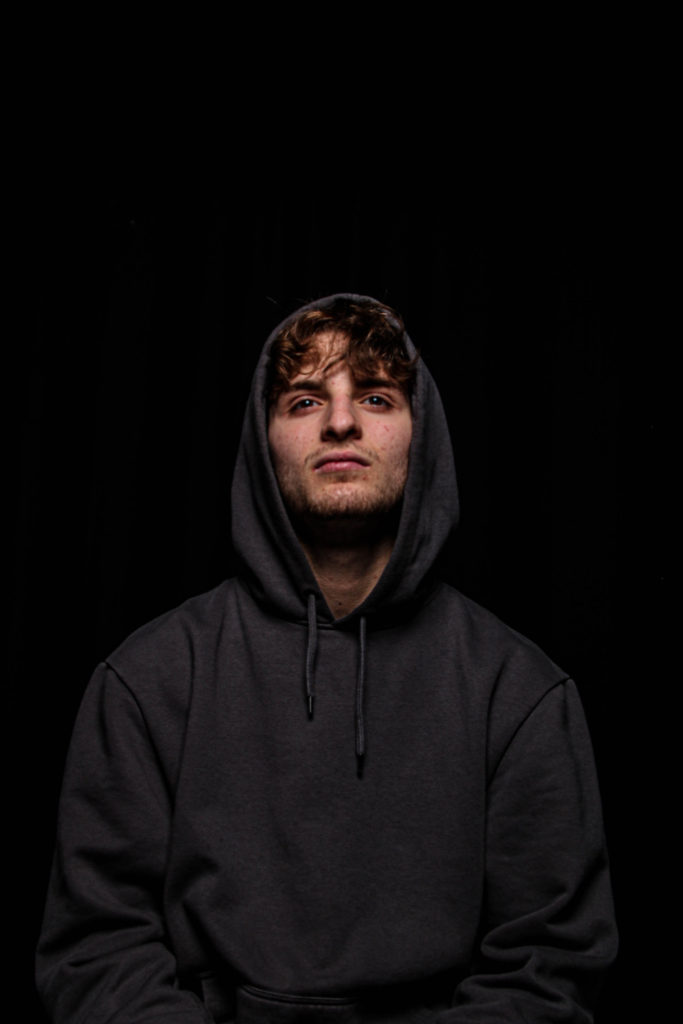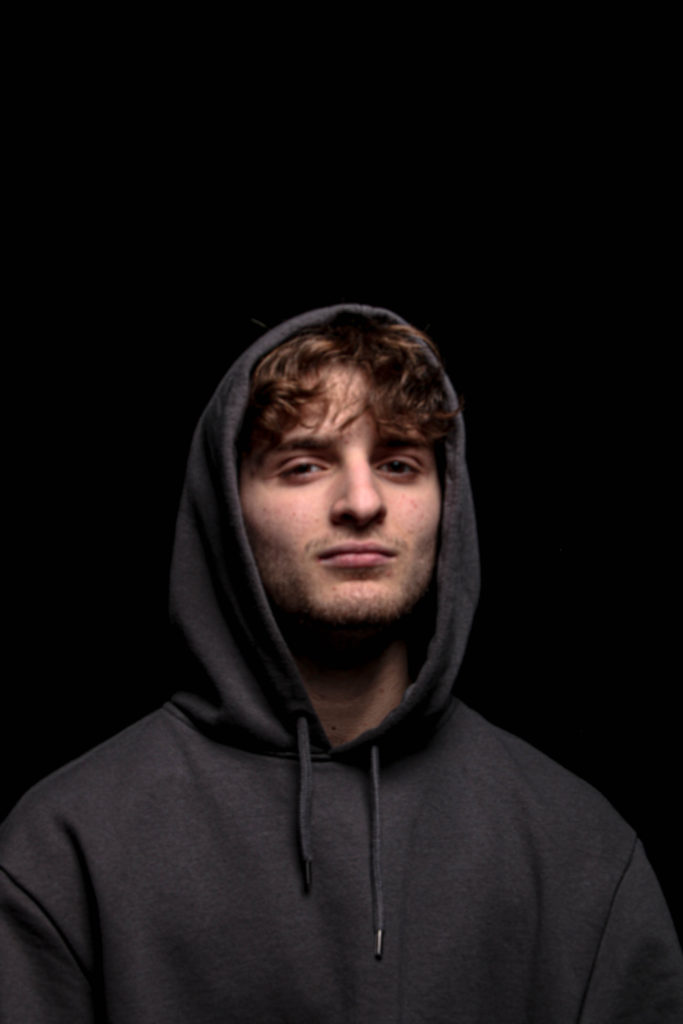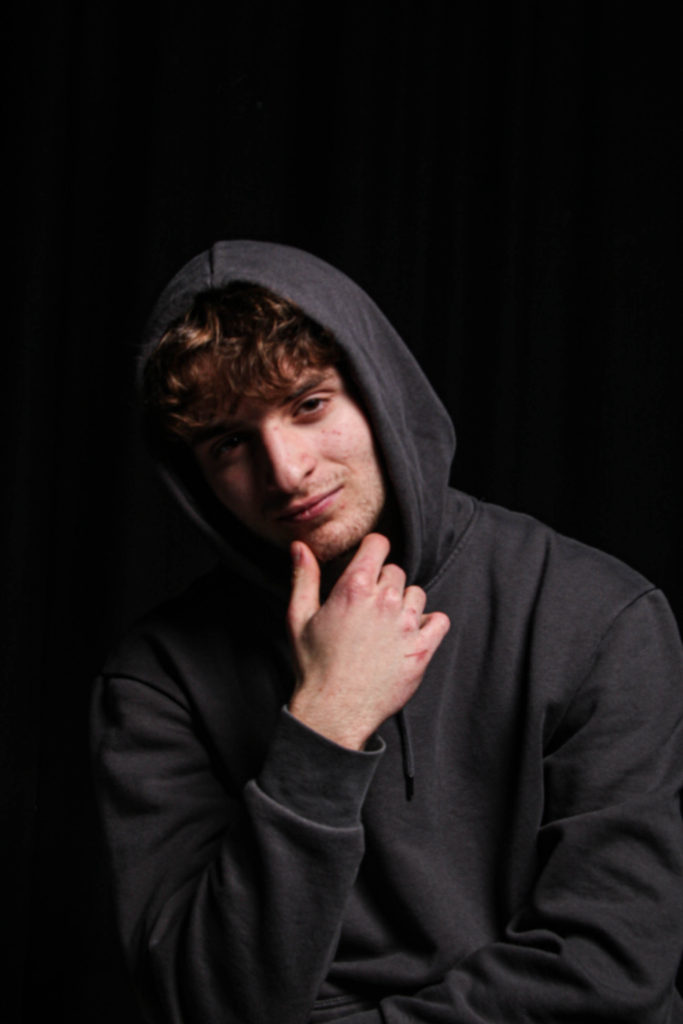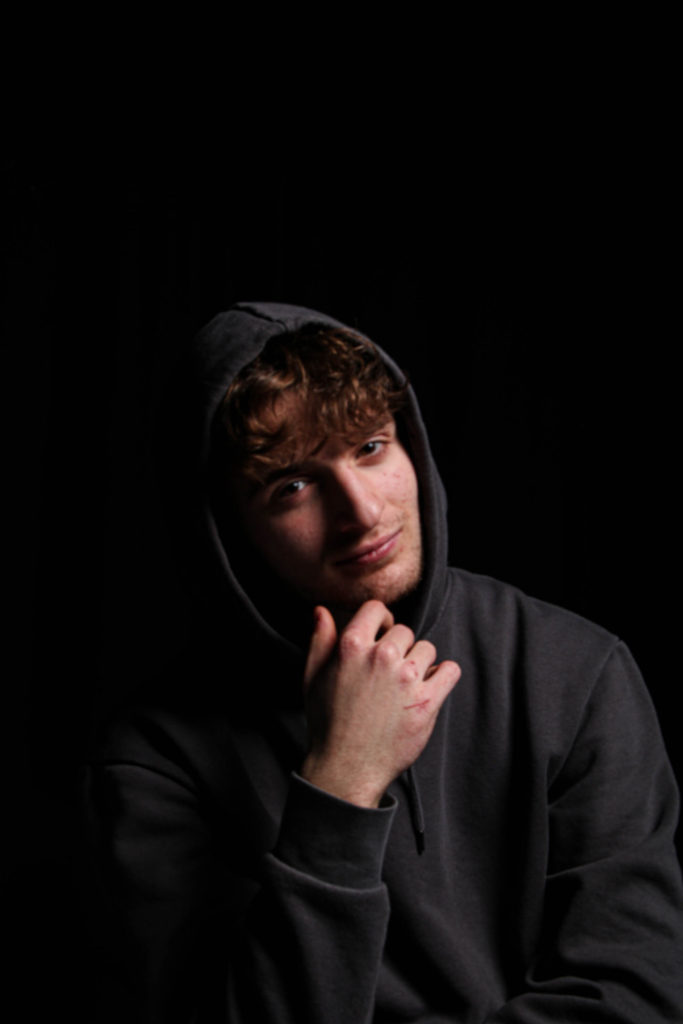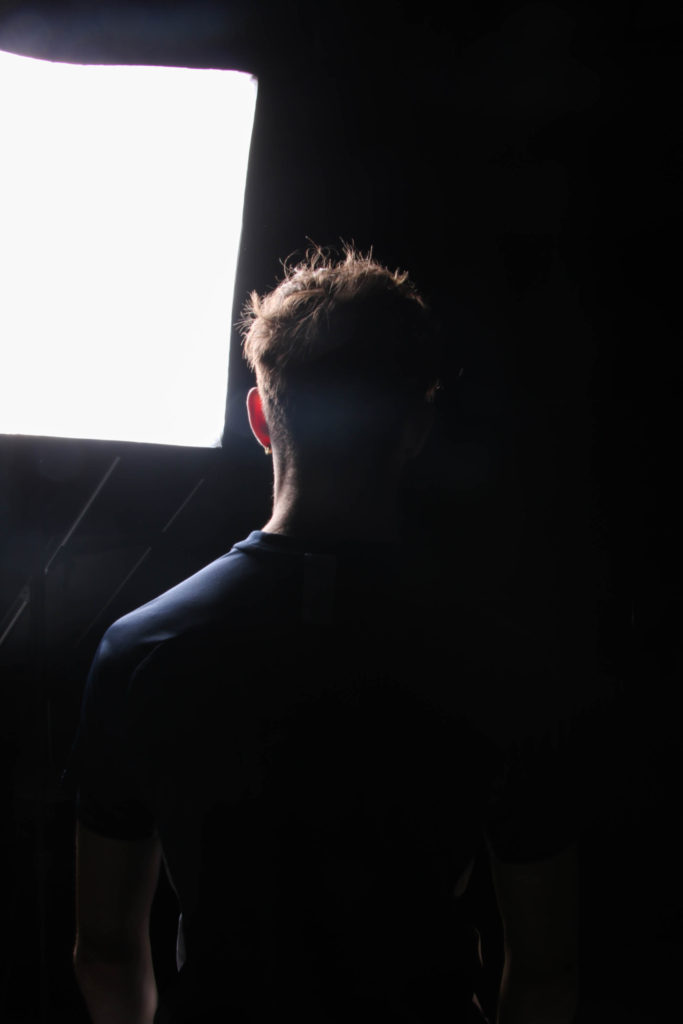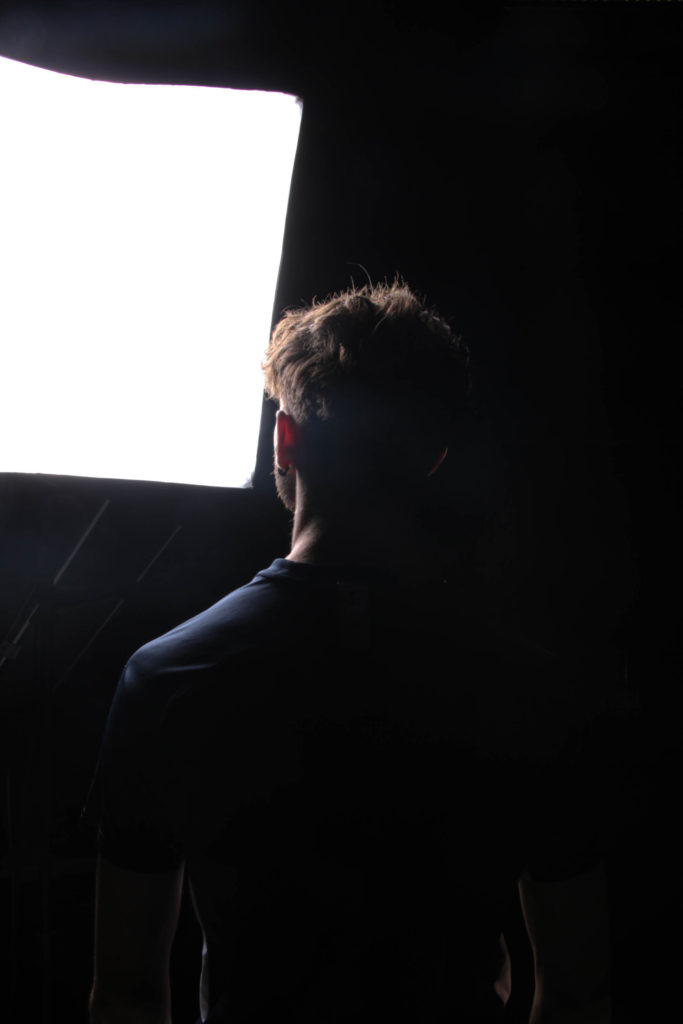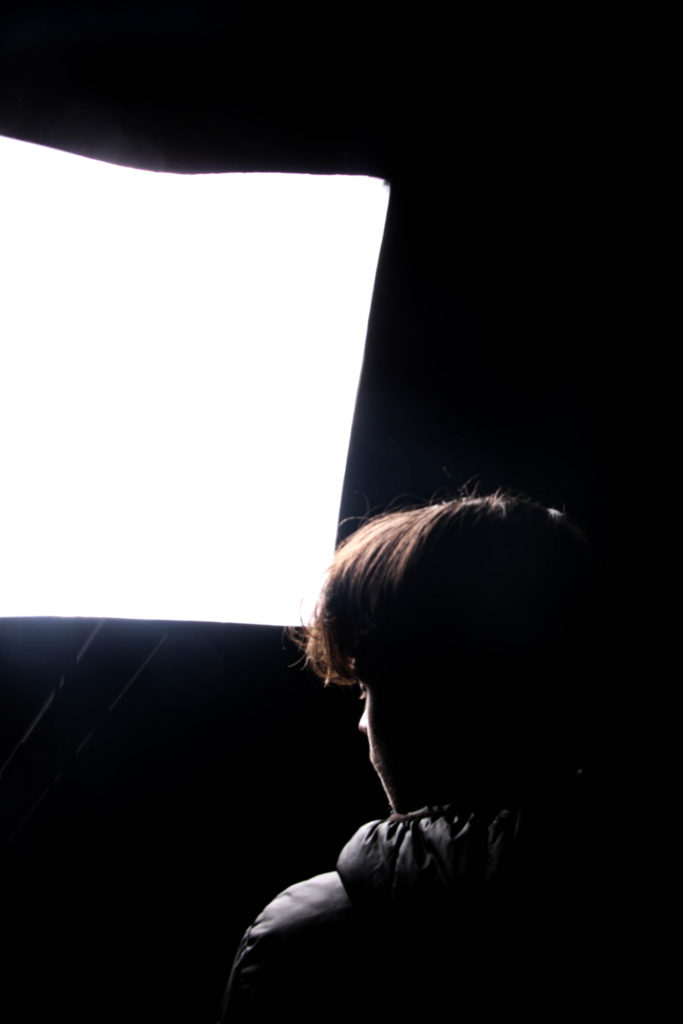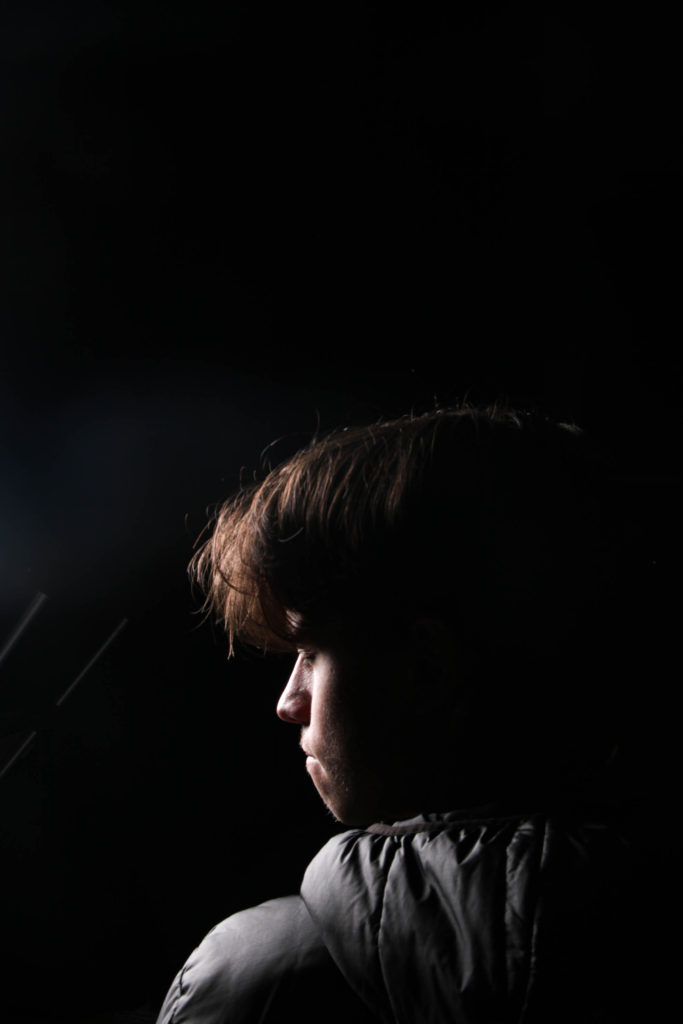Photography originally started in 1839 by members of the French Académie des Sciences.
Camera obscura and pinhole photography:
The Camera Obscura was essentially the first ‘camera’ as it was a room with a hole in it. During the second half of the 16th century it became very popular as it aids drawings and paintings, even though the earliest use of the camera obscura dates back to around 400 BC. The camera obscura worked by blacking out the room, only having a single hole to allow the light through. As the light flowed in to the black-out room, the view from outside was projected on to the walls. However, the image was projected upside-down as there wasn’t a mirror, like in a camera, to flip it around.

The camera obscura aided the creation of pinhole photography and the pinhole camera in 1811. The pinhole camera consisted of a lightproof box, an aperture and light-sensitive material. When the shutter is opened light passes through the pinhole (aperture), projecting an inverted image on to a piece of film or paper which was on the opposite side of the camera. The image produced by the pinhole camera was inverted and smaller but it was real. The pinhole camera relied on light traveling in straight lines, which is why the image projected appeared upside down.
Nicephore Niepce & heliography:
Nicephore Niepce was a French inventor, born in 1765 and died in 1833. He invented heliography (which he called sun drawings) in 1827, this is the first known permanent photograph taken from a nature scene called ‘ View from the Window at Le Gras’. In 1813, lithography became fashionable in France which got Nicephore Niepce to start experimenting with printing techniques. He used many different light sensitive substances to cover pewter in hopes that the sunlight would engrave an image on the light sensitive material. Following his success in 1822 of engraving an mage on glass, Niepce decided he wanted to try and produce a permanent image by using a camera and a metal pewter plate. To produce the permanent image Niepce used a light-tight box with a hole in it (a pinhole camera). He then prepared a polished pewter plate coated with light-sensitive bitumen of Judea because he knew that it hardened when exposed to light, and placed it in the camera obscura. Later on, Niepce created another heliograph which solved the problem of reproducing nature by light and created the first photomechanical reproduction process.
Louis Daguerre & daguerreotype:

Following on from heliography, Louis Daguerre invented the daguerreotype in January 1839 as Niepce was unable to reduce the problem of having long exposure times when producing his images. The daguerreotype was the first commercially successful photographic process which was mainly used to take portraits but was also used to produce landscape images. Daguerreotypes were only used by the wealthy people as they were able to afford to have their portrait taken. The process of making a daguerreotype was long ,the images were fixed on to a mirrored metal plate that consisted of s copper plated sheet coated with a sheet of silver. The silver plate was polished and cleaned to look like a mirror which is why the Daguerreotype was known as a ‘mirror with a memory.’ Once the plate was exposed to light it was developed over hot mercury, so light was shining back through the plate, until an image appeared. The silver grains would sit up on the surface which, made the image feel ‘alive’. The only problem with the daguerreotype was that you couldn’t reproduce the image.
In 1838, Louis Daguerre took ‘The Boulevard du Temple’ which is one of the very first daguerreotypes. Within the image you can only see two figures. This is because they were the only two subjects who were in the same position, for the seven minutes, while the image was being taken. As a long exposure was needed nothing else appeared on the busy Boulevard du Temple.

Henry Fox Talbot & calotype:
Shortly after the daguerreotype, Henry Fox Talbot invented the calotype in the autumn of 1840. Henry Fox Talbot was an English inventor, born in 1800 and died in 1877. The calotype was the first negative to positive photographic technology, where the negatives that were produced are then turned into a positive image. The process involved using a paper negative to make a print with a softer, less sharp image than a daguerreotype. Henry Fox Talbot experimented with silver nitrate and potassium iodine solution on paper, when exposed to light an image was produced. Talbot fixed the problem with the log exposure times needed for an image to be produced as the camera only took two minutes to produce the image. Unlike the daguerreotype you were able to produce a copy of the image this is because negatives were produced.
Robert Cornelius & self portraiture:
In 1939 Robert Cornelius designed the first photographic plate for the first image taken in the United States which was an image of Central High School, taken by Joseph Saxton and his self image taken in 1839 was first photographic portrait taken in the United States. Cornelius stood in front of a makeshift camera with a lens made from an opera glass in his yard. The daylight had been assessed and approved by Cornelius so, that it fulfilled the requirements for his prepared metal plate. As the photo was being taken Robert Cornelius had to be motionless for around ten to fifteen minutes.

Julia Margaret Cameron & Pictorialism:
After Robert Cornelius’ self portrait, portraiture photography started to take off. Julia Margaret Cameron was a British photographer who is considered to be one of the most important portraitists of the 19th century. Cameron was a involved in the pictorialism movement as her photos were inspired by the sublime and beauty. Julia Margaret Cameron’s style of photography was taking close-up portraits, with soft focus and dramatic lighting. Most of Cameron’s portraits were of famous Victorian men, she wanted to capture the beauty in men and women. When choosing her female subjects she chose them for their beauty, which links back to pictorialism as she emphasizes the raw and natural beauty of her subjects rather than using them as a form of documentation photography.
Henry Mullins & Carte-de-Visite:
In the 1840’s studio photography was introduced, photography became more about the money, rather than the love of taking photos as people would take photos for commercials. One of the most popular studio photographers in the 1850’s was Henry Mullins. Mullins would take portraits of people based off of their social hierarchy and class in his studio, that he set up when he moved to Jersey in July 1848. His studio was known as the ‘Royal Saloon’. Mullins made four albums from his portraits, ordering them in social hierarchy, with the highest social class being at the start of the album. Henry Mullins specialised in carte-de-visite which was a small photograph on a piece of visit card.
Bibliography:
https://en.wikipedia.org/wiki/Pinhole_camera
https://en.wikipedia.org/wiki/Heliography
https://www.britannica.com/biography/Nicephore-Niepce
https://www.loc.gov/collections/daguerreotypes/articles-and-essays/the-daguerreotype-
medium/#:~:text=The%20daguerreotype%20is%20a%20direct,surface%20looked%20like%20a%20mirror.
https://en.wikipedia.org/wiki/Henry_Fox_Talbot
https://blogs.loc.gov/loc/2022/07/robert-cornelius-and-the-first-selfie/

